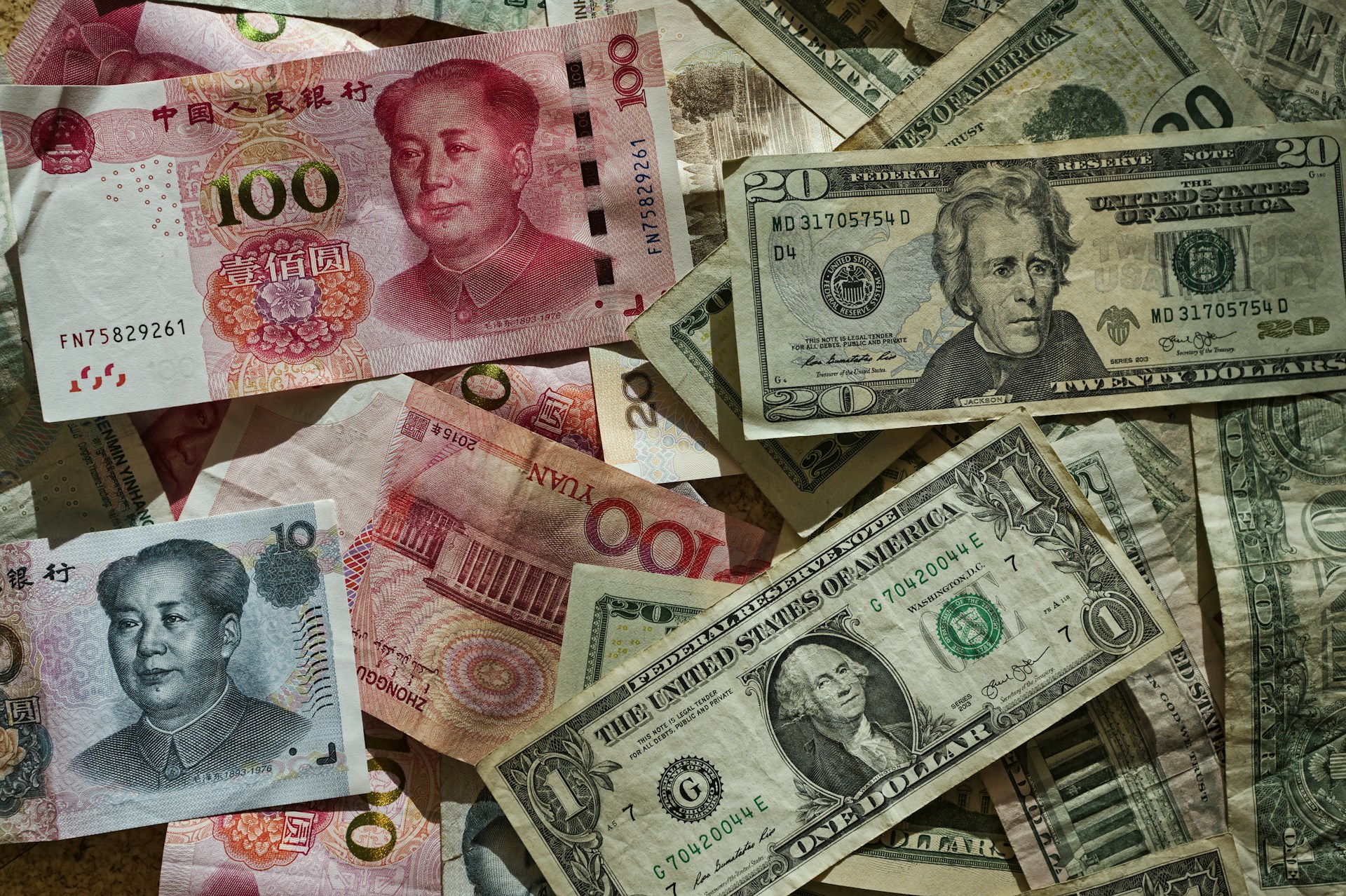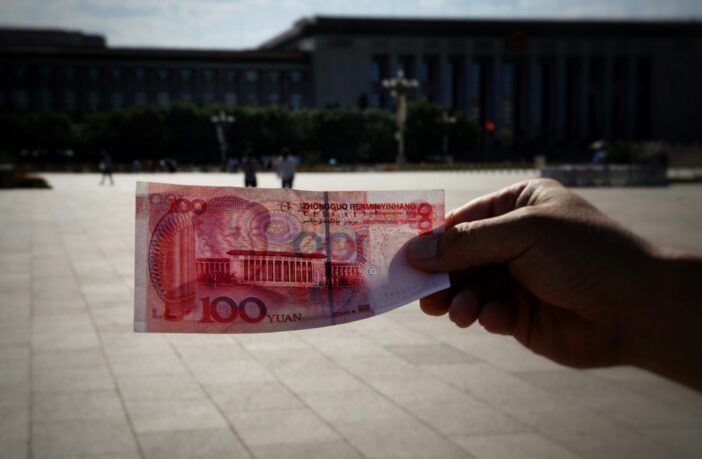Yuan strengthening contributes to the Chinese market recovery
The ongoing trade conflict between China and the U.S. continues to affect economic processes in both countries. One consequence of the escalation has been the yuan’s strengthening. According to Goldman Sachs analysts, this has contributed to the growth in the value of Chinese stocks.
Experts estimate that a 1% appreciation of the yuan against the dollar could lead to a 3% increase in stock prices. This is due to more optimistic corporate earnings forecasts and an increase in foreign capital inflows to the Chinese economy.
Yuan strengthening has prompted experts to adjust their currency forecasts for the next 12 months. Instead of the previous forecast of 7.35 yuan, the dollar is now expected to trade at 7 yuan.
Typically, a strengthening national currency leads to increased stock market activity. In this regard, analysts predict growth in Chinese stocks, particularly in the consumer and real estate sectors. Additional growth is also expected among brokerage company securities.
Trends in the Chinese economy
In April, the White House announced new tariffs for all countries. Tariffs on China reached record levels. In response, Beijing introduced similar measures, after which Donald Trump suspended the introduction of new tariffs for three months. This tacit trade truce positively affected the Chinese stock market, causing the MSCI China Index to rise.

Other factors contributing to the yuan strengthening should also receive recognition. Chinese investors and businesses have systematically implemented an asset diversification strategy, exiting the US market. Unstable trade relations and the change in the White House administration have increased risks for Chinese businesses. This has prompted many companies to sell their US assets to reduce potential losses from high tariffs and tax restrictions.
Meanwhile, the People’s Bank of China took measures to support the national currency. The regulator lowered interest rates and stimulated economic growth. These actions strengthened the yuan and made Chinese assets more attractive than US assets.
Growth drivers and constraints
Despite positive signals, China’s economy remains vulnerable:
1. After two months of growth in June, the MSCI and Hang Seng China Enterprises indices fell by 1%.
2. The yuan rose by 1.4% in May.
3. One dollar sold for about 7.2 yuan, the highest since November 2024.
The central bank has stepped up efforts to curb the weakening of the dollar. It set the exchange rate at 7.2 yuan per dollar, below the local currency’s spot price. This situation is the result of volatility control and the desire to reduce the likelihood of a sharp increase in the exchange rate. A reduction in tariffs could alter the dynamics, but this is an unlikely scenario.




